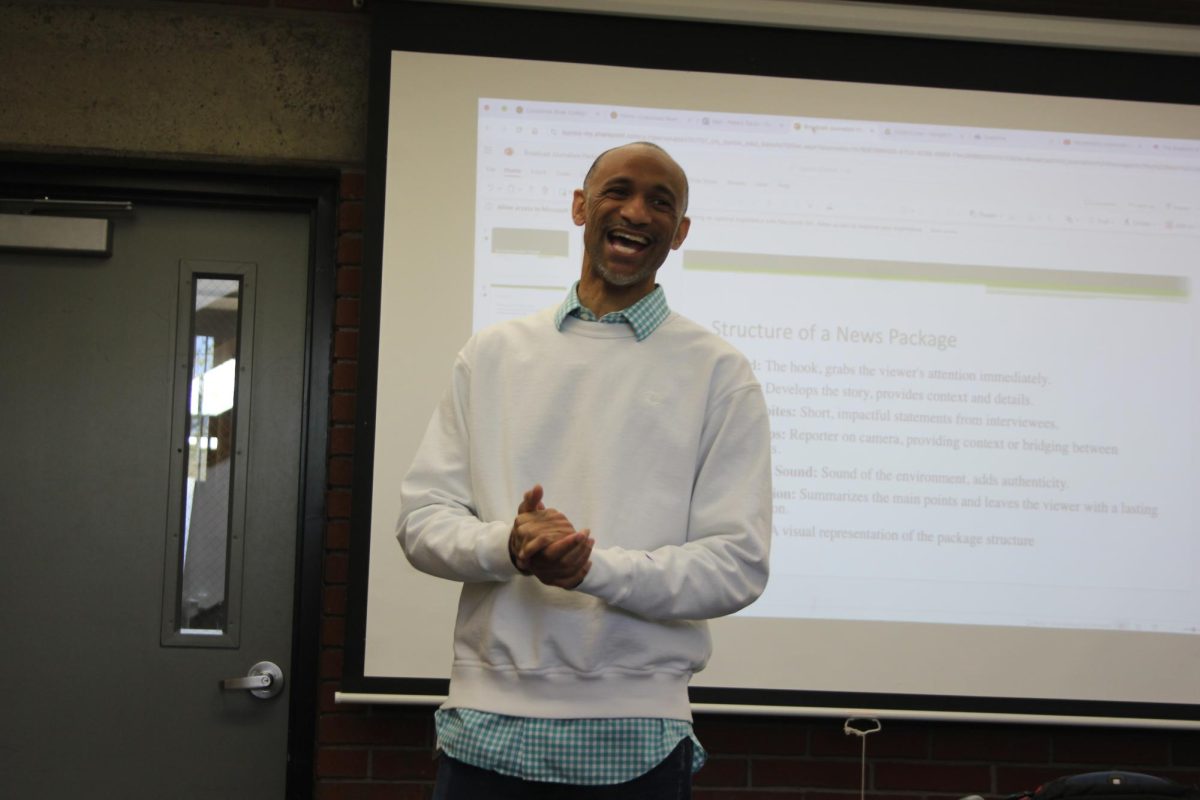Shared standards aim to prepare students for college
December 10, 2013
Teachers, parents and students alike across the United States can expect to see an increase in rigor in the K-12 school system, if they haven’t already, as a new program pushes to prepare students for the day they enter college.
The Common Core State Standard is a single set of standards for the K-12 education system in English language arts and mathematics and was developed by educators, teachers and researchers from different states that establishes what students need to learn in each grade level, according to the FAQ sheet by the CCSS initiative.
“The Common Core is set out to help all kids get to [the point of] being ready for college or a career by the time they graduate from high school,” said Carrie Heath Phillips, the program director for the Council of Chief State School Officers.
The initiative was first introduced and developed in 2010 by the National Governors Association and the CCSSO, according to the FAQ sheet.
Since that time, 45 states in the U.S. have adopted the initiative.
The Common Core State Standard was adopted on Aug. 2, 2010 by The California Department of Education, and is currently in effect for the 2013-2014 school year and beyond in all K-12 schools in the state.
For starters, standards are the content and skills students should know and be able to do by the end of each grade level and also serve as a guide for teachers to devise their lesson plans and instruction around in order to ensure that these standards are targeted, according to the official California Common Core State Standards document.
Common Core outlines an entirely new set of standards that is completely different from the old standards.
The old standards featured so much content that students were required to learn that they only learned it superficially because there was just too much to learn in a 180 day school year, Phillips said.
The phrase that is commonly associated with and used to describe the old standards is that they were “a mile wide and an inch deep,” Phillips said.
“There was just a huge long list of all these things that kids needed to learn, but you didn’t really learn anything deeply,” Phillips said.
Common Core on the other hand, was designed to include less content to allow for a deeper understanding of fewer concepts.
Common Core has fewer things that you have to learn to the point where you’re able to master them, to do them very well,” Phillips said. “They’re more aligned with what you need in college or a career, and although there are fewer standards, they require a much higher level of thinking.”
CRC’s Vice President of Instruction and Student Learning Whitney Yamamura said that the move to the Common Core has the potential to speed up the graduation process for many students at community colleges by reducing the number of students having to take remedial courses, which would then allow colleges to replace those courses with more transferable courses.
“We have a lot of basic skill classes, so hopefully it would reduce the need for pre-collegiate math and English and English as a second language classes,” Yamamura said. “If it did and you could move those resources to college level transfer classes, so that in theory, more students who are better prepared to get what they need from us [can head] off to a four-year institution a lot faster.”
Brittany Earl, 23, a journalism major, said consistency in the standards will make transitions easier for students changing schools between states and education more equal.
“It’ll be cool to have them all [under] the same standard, same level, learning the exact same thing at the exact same time, so there’s no big gap [in the education levels of students across the states],” Earl said.
Multiple resources were used to develop the Common Core and ensure its quality is of the highest standard.
The Common Core Standards were predicated on state standards from some of the most successful schools in the U.S. and in other countries, as well as input from teachers about the practicality and realism of such standards and research and evidence in terms of what students need to know and are ready for at certain ages, Phillips said.
Despite having to change what they need to teach, teachers will still retain the ability to teach in their own creative ways.
“Common Core allows teachers to be able to use their creativity,” Phillips said. “I think that is the nice thing about the standards is that [it] is not telling the teacher how they need to be teaching, just at the end what their students need to be able to demonstrate what they’ve learned.”
As far as evaluating the standards, there is a multitude of ways for doing so. One of those ways is through testing.
A new test that will more accurately assess what a student really knows and has learned, called the Smarter Balanced Summative Assessment is currently being developed and will be replacing the traditional end-of-the-year standardized test, according to the FAQ sheet.
When it comes to evaluating whether or not the new standards really do make a difference in the academic performance of students, it is important to not only look at the criteria in which the standards were based off of, but at the implementation of the standards as well.
“Standards don’t teach themselves, it’s also about teacher and student in a classroom together, so what we’re looking at the end of the day is the quality of the standards and the quality of its implementation,” Phillips said.





